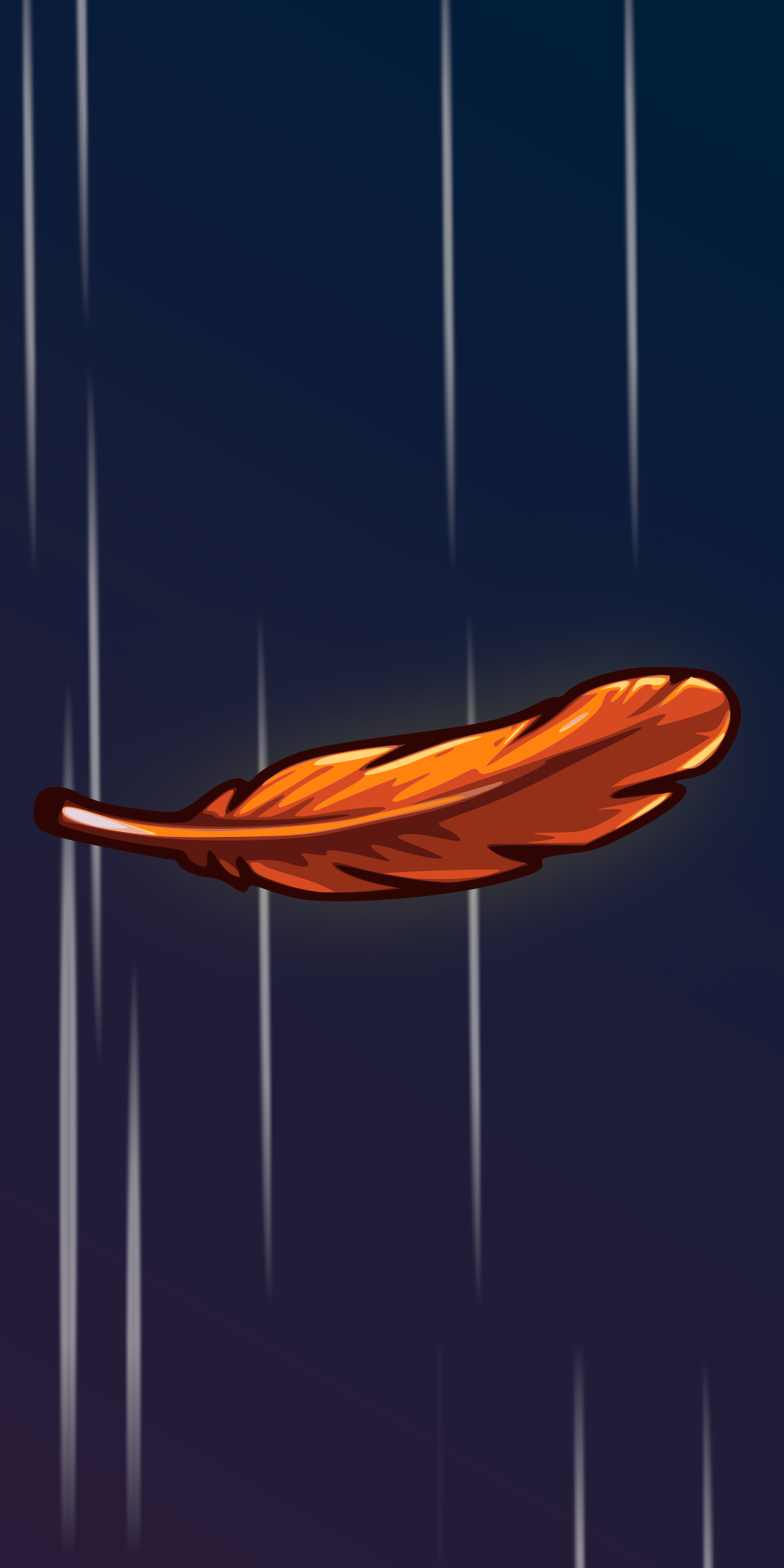I always find it interesting to think about how a massive and well known structure can be forgotten. I know it usually only happens over a very long period of time but still, I was never really satisfied with “the people just forgot about it” or similar explanations.
I think this one happened rapidly because of conquistadors and plague. A rapid empire collapse making the elite location untenable and unaffordable.
I recently read 1491 and it was excellent. It describes how these immense civilizations were in the New World, and how rapidly they collapsed as hogs infected with diseases accidentally escaped the explorer’s camps and killed of 90% of the populations.
It talks about De Soto seeing the banks of rivers filled with dozens of cities of thousands of people, and then two or three years later explorers coming by and finding nothing but ruins.
That seems much more of the type of collapse that would just leave entire buildings empty and abandoned.
It’s in a very high and isolated area. Before roads and trains, it was really difficult to reach.
Do you know if indigenous peoples also forgot about it?
It was found by one of the indigenous people knowing approximately where it was and guiding the Europeans there.
Imagine having been the last person alive to know the location of this lost city
I’d really like to go see it one day. How difficult of a trek is it?
Not hard at all. You can take a bus, then the road ends and you basically have to walk up a big hill to reach the city
It is at high elevation, but beyond that it’s not particularly hard
There’s a two day trek and a four day trek. We did the two day which means you walk for one day (6 a.m. to 2:30 p.m.) and then tour the place the next day. The hiking day was quite a bit of climbing, about 600 meter altitude change, but the path was decent and there weren’t any scamble up climbs. You visit the village where the engineers who built Machu Picchu lived, a cool site in itself. In mid afternoon, you come over the rise and look down on Machu Picchu. It was superb. Overnight, they (the tours) take you down to a hotel in Aguas Calientes. I don’t think I’d do the four day. The last two days are identical to the two-day trek but you stay in tents every night and the bathroom facilities are sketchy. There’s also the option of taking the train in and seeing Machu Picchu without the trek.
Had no idea it was still so relatively hard to access. I think that’s a good thing. Definitely somewhere I would love to visit one day.
It’s really not…You could hike the whole inca trail and spend 3 weeks getting there, or you could take a bus and hike a couple minutes
Oh wow! Two days! What about food and water? Do they provide everything?
Yes, on the tour, everything is provided except for lunch on the second day. The food during the hike was excellent. The restaurant food in Aguas Calientes was mediocre.
Were you affected by that bus breakdown that was posted about yesterday?
No. We’re actually back home. I don’t like posting when I’m on the trip. Home security.
Aha! Now we know exactly where you are!
Classic blunder.
Coffee’s on. Come visit.
Darn, foiled again!
But now we know to look when you haven’t posted in a while.
Narrowed it down to a hemisphere!
I’d love to go…
Thanks for sharing!








